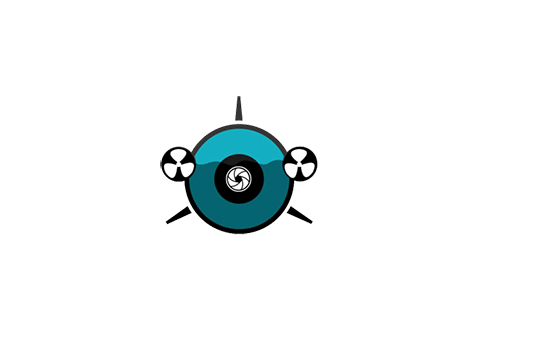
Underwater ROVs have been consistently put to work for various marine operations across a host of industries. These vehicles are majorly used by industries such as submerged infrastructure (dams, bridges, waterways, etc.) oil & gas, search & rescue, aquaculture, maritime, and much more.
ROVs are unmanned, submersible, highly maneuverable vehicles that have slowly become an efficient means of inspecting underwater structures and deep-water explorations. Over the last decade, they have been used extensively by industries that require routine underwater asset inspections to keep their business up and running. However, it is not just a useful system for inspections. By making slight modifications and re-engineering certain parts ROVs can be used for scientific deep-sea explorations as well.
Thus, it can be concluded that Underwater ROVs are used prolifically across a host of industries to carry out inspection, observation, and intervention operations. Listed below are a few industries and the services that ROVs can offer them:
Submerged Infrastructure:
Submerged infrastructure requires a periodic underwater inspection to ensure the smooth functioning of the asset and to avoid any unforeseen structure collapse. An ROV can perform inspections, condition assessment and monitoring, sediment sampling, debris removal & cleaning, NDT testing, etc. for various inshore infrastructure such as dams, bridges, waterways, etc.
Oil & Gas:
ROVs have become an indispensable part of the oil & gas industry. The asset managers working in this sector swear by its efficiency and accuracy & without a second thought choose unmanned inspections over traditional methods. For the oil & gas industry, ROVs can offer an array of services such as routine visual inspection, close visual inspection, NDT inspections, infrastructure deployment, and recovery & control manifold interventions.
Search & Rescue Operations:
ROVs are not just a technical marvel; they can also be used to save lives. Their ability to travel to complex & hazardous places makes them the perfect tool for search & rescue teams across the globe. For search & rescue operations underwater ROVs can assist drowned victim recovery, forensic assessment, equipment recovery, large-scale search, and documentation.
Aquaculture:
Aquaculture production holds a huge potential to provide humans with healthy and nutritious food products. Thus, aquaculture is essential to help with the ‘food security’ of the ever-growing human population of the world. That said, maintaining a fish farm is an extremely daunting task making sure the equipment is in operational conditions, complying with hygiene and health standards, etc. is challenging for the asset managers. To mitigate this ROVs can undertake tasks like equipment and infrastructure assessment, net repair, rope management and recovery, mort retrieval, and cleaning.
Maritime:
For the maritime industry i.e., ports & shipping ROVs can be of great help and offer services such as port inspection, terminal inspection, dredging support, EPC construction support, ship inspection, etc.
The contribution of ROV technology to the underwater industry will only increase as technology progresses. To know more interesting facts about ROVs and their work visit www.planystech.com or dial +91-8448188507.


